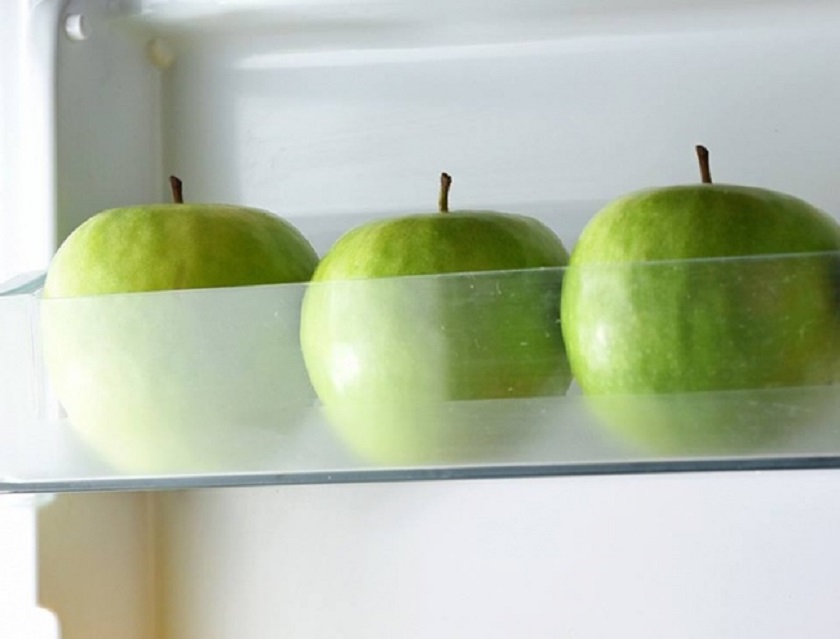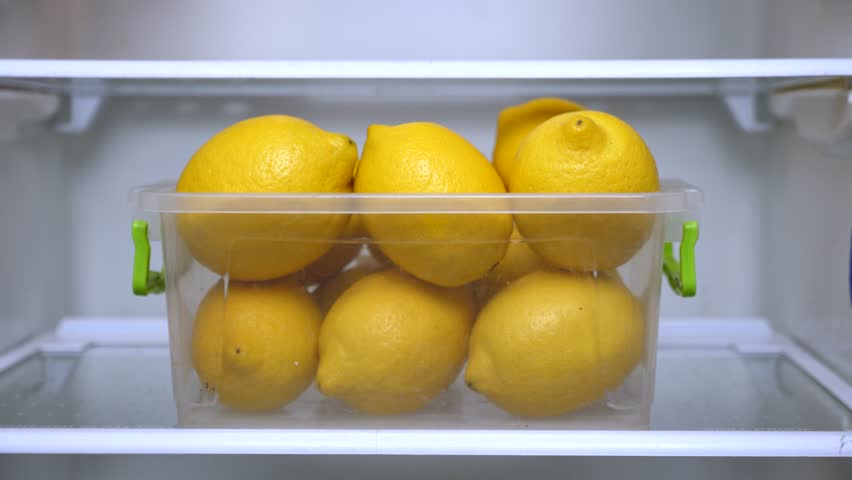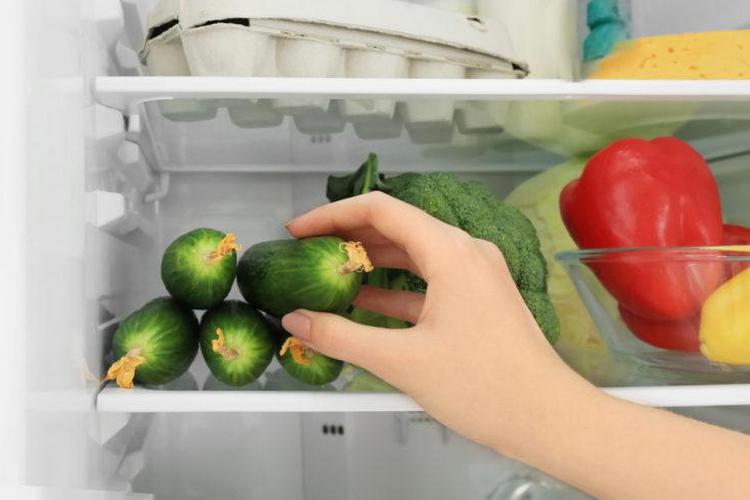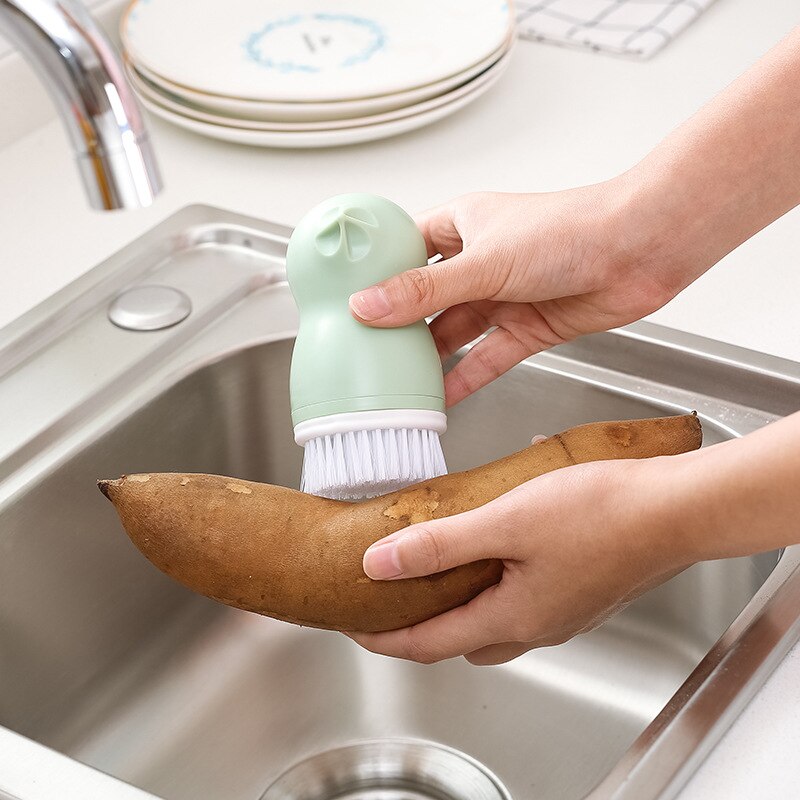Storing vegetables and fruits in the refrigerator
Vegetables and fruits are quickly perishable foods. Storing these products in the refrigerator requires special adherence to the rules, because there fresh vegetables and fruits deteriorate faster.
Knowing how to properly prepare, pack and arrange them on the shelves can save you a significant amount and save your food longer.
How to properly store vegetables and fruits at home in the refrigerator
The first place most food goes to is the refrigerator. But just putting them on the shelves is not enough. You need to know which vegetables and fruits can be stored in the refrigerator and which not, how to properly prepare them, and on which shelves to put them.
Most fruits can be kept cold, so it is easier to indicate those that are not desirable to store in this way:
- Pomegranates. They deteriorate faster, starting to grow moldy from the inside. It is better to keep them warm by wrapping them in paper.
- Persimmons and bananas. They quickly begin to turn black. At first, this does not affect their internal state and taste, but then they soon begin to deteriorate.
- Melon and watermelon. It spoils the taste.
- Citrus. They reduce the shelf life of other fruits, so they must be kept in separate containers. It is advisable to store them in a dry place and put them in the refrigerator for a short time before use.
- Potato. Absorbs moisture and can freeze if the temperature is not observed. Better to put in a cool, dark and dry place.
- Pumpkin. Begins to blacken and deteriorate. You need room temperature and a place without moisture.
- Onion and garlic. Cold and moisture are destructive for them. You need a warm and dry place.
You can keep the rest of the fruits and vegetables in the refrigerator.
Storage temperature and conditions
Next, let's look at how to store vegetables and fruits so that they stay fresh longer.
Although the shelf life can be extended with proper preparation, positioning and temperature maintenance, each product has an optimal shelf life, which is not desirable to exceed.
Let's talk about the most common fruits and vegetables.
Apples are the longest livers of all. The upper shelves in plastic bags can last up to 3 weeks. The main thing is that the fruits are not initially with traces of rot.
If you decide to leave citrus fruits in the refrigerator, choose the warmest and driest places: side wall, lower compartments. Keep without containers and away from other products. Under these conditions, oranges will lie for 2 weeks, tangerines - 1, grapefruits - 3.
Peaches, plums, pears - put unripe fruits in paper packaging and store at room temperature. Mature ones will not lie for a long time, they begin to deteriorate quickly. At 1-5 degrees, they will lie for 3-4 days. Better to put on middle shelves, not close to the wall
Grapes can be stored in plastic containers on the lower shelves for up to 7 days. But it keeps the best appearance and taste for the first three days.
Kiwi tolerates low temperatures well. Ripe fruits on the lower shelves or in the door, where the temperature fluctuates within 8 degrees, will lie for up to several weeks.
Most berries do not last long. It is advisable to place them in the refrigerator, laid out in one layer on a paper towel. The shelf life is no more than 3 days.
Berries must not be stored washed.
Potatoes can be refrigerated for up to 7 days. Put it only in the bottom drawers in a paper bag or net.
Wrap the cabbage with cling film and place in the bottom drawer. In good condition it lasts up to 3 weeks.
Carrots and beets at a temperature of 2-5 degrees will lie for up to 3 weeks. Place it in a plastic or paper bag on the lower shelves or in a vegetable drawer.
Root vegetables must not be washed before storage.
Tomatoes need a temperature of 18-19 degrees, so it is better to keep them at room temperature in the kitchen or balcony.
Greens, wrapped in cling film, on the upper shelves closest to the freezer will last up to 7 days.
If possible, cut off the ends of the stems to the same level and place in a glass of water, and cover the top with plastic with a hole for ventilation. In this form, the greens will stay fresh for up to 3-4 weeks.
Keep cucumbers in the warmest place of the refrigerator at a temperature of about 8 degrees in a half-open bag. In a special lower compartment they will keep fresh for up to 7 days.
In what containers can you store
There are several options for a suitable container for storing fruits and vegetables:
- Plastic bag. The most common option. Suitable for short storage up to 2 weeks. Can be kept ajar for ventilation.
- Paper bag or towel. In paper for a long time it is convenient to send fruits to a dry place: potatoes, pomegranates, onions, etc. It is convenient to put berries and mushrooms in the refrigerator. But for a period not exceeding 3 days.
- Cling film. You can wrap any product with it, the main thing is that moisture does not accumulate inside, otherwise it will start to rot quickly. Best for herbs, citrus fruits and root vegetables.
- Plastic containers. You can store fruits and vegetables in specially designed plastic containers for up to a month.
To prevent the fruits from spoiling for as long as possible, you need not only to choose a suitable container, but also to process them correctly.
How to handle vegetables and fruits for storage
Here you need to remember the main rule - vegetables and fruits cannot be washed before storage. Root vegetables that have residues of dirt can be cleaned with a dry sponge or brush, but carefully so as not to damage the integrity of the peel. Then it is enough to put the fruits in a prepared container and refrigerate.
The container must also be dry.
How best to store garlic in winter
There are several ways to harvest garlic for the winter. He loves dry and warm places, so it is better to store it in the kitchen, near a heat source.
But make sure that the place is not too hot, otherwise it will start to grow. For this method, it is placed in a linen bag or mesh, not peeled from the husk.
In the old days, garlic was stored in the attic near the chimney. This place is always dry and warm.

The second, less common way, is refrigerated storage. There are also two options here.
- Divide the head into cloves, place in a jar, sprinkle with flour and place on the lower shelf.
- Divide the head into cloves, clean them, place them in a jar, fill them with oil and place them on any shelf. In the future, you can use not only garlic, but also oil for cooking frying or salads.

If you don't know how best to store garlic in winter, put it in a linen bag in a dry and warm place, you can't go wrong.
Video: how to properly store vegetables in the refrigerator









